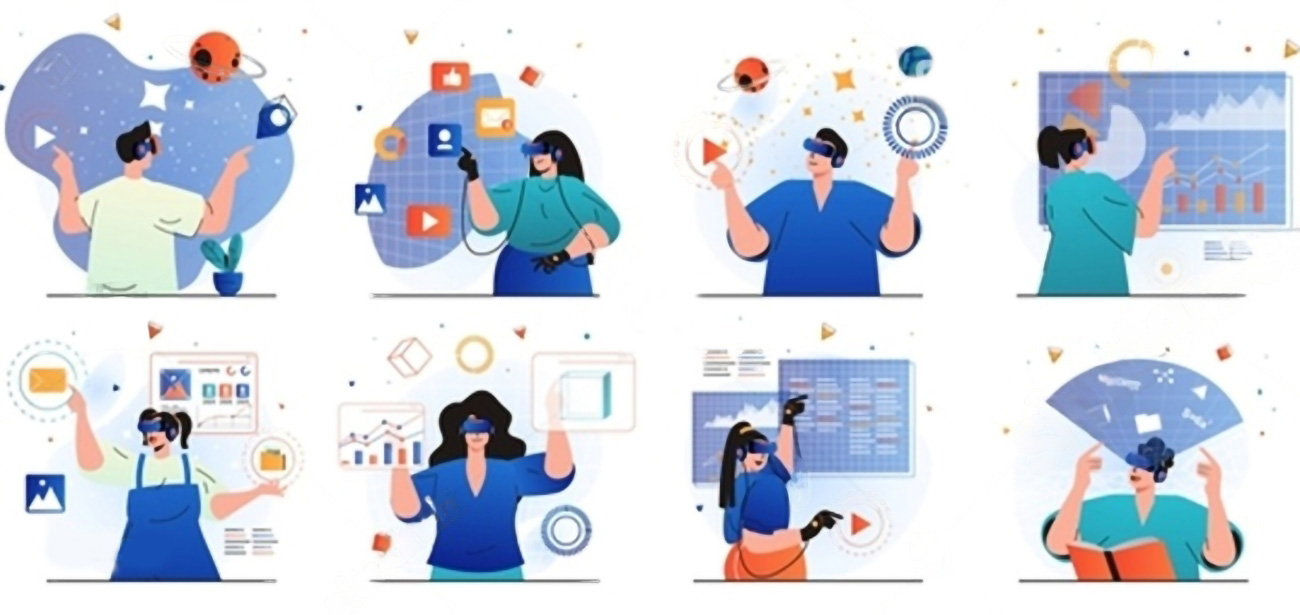Sep 25 2023
Simulations: Game-Changer For Achieving Academic Excellence


Sep 25 2023


One of the most powerful ways to improve learning outcomes is through the use of simulations. Students can interact and engage with the learning environment to understand new concepts and apply learned skills. These simulations provide learners with realistic opportunities to apply knowledge, practice skills, and receive feedback in a safe environment. As simulations reinforce and improve practical knowledge, students can retain knowledge better. It can vastly improve learning as students immediately learn the consequences of their actions and decisions. Learners who are trained using simulations will be more confident in real-life settings.
A study on games and simulation pedagogy in higher education identified that integrating games and simulation into learning processes provides three main learning outcomes: cognitive, behavioral, and affective. Another study on scenario-based virtual laboratory simulations (SB-VLS) showed that students significantly improved their intrinsic motivation, knowledge gain, self-efficacy, and scientific report writing skills when simulations are used in molecular biology courses. According to another study, educators must also focus on pre-briefing and debriefing to create psychologically safe learning environments while using simulations to teach.

An interactive learning environment keeps the learners engaged throughout. Also, they will develop cognitive and non-cognitive skills to adapt quickly to changing situations to achieve desired results. Different types of simulations can be used in a learning environment based on learning objectives, resources, and audience.
Web-based and digital games are increasingly used in learning in the current EdTech landscape. Tutors, game designers, and students have come together to use cutting-edge technology to upgrade educational policy. Learning motivation, engagement, and performance show significant improvement with simulations. Scenario-based simulations impart essential soft skills such as teamwork, leadership, interpersonal communication, task prioritizing, decision-making, and stress management. The following are some of the most known applications of simulations in education.
Apart from imparting knowledge, simulations can be programmed to give practical experience. Using simulations, virtual tutors can handhold students and incorporate formative assessments to assist learning. Simulations are also useful for creating summative assessments.
As universities and training institutes focus on incorporating simulation-based learning environments, they must know how to build useful simulations. The following are steps in building a simulation:
Faculty, tutors, and subject matter experts must collaborate and determine the learning objectives before implementing the simulation. Once the desired learning outcomes are established, experts can work on building the simulation. For simulations to be successful, educators must know what they are trying to achieve at the end of the exercise. Defining expected key learning is critical for good simulations.
After identifying the requirements, developers must define the components, relationships, and behavior of all entities in the simulation. Responsive simulations must react dynamically based on user behavior. The framework should allow real-time customization to alter the learning journey based on learner decisions.
One must develop detailed simulation models based on mathematical, symbolic, and logical relationships between entities involved in the simulation.
Extensive testing is essential to ensure the model behaves as expected. Multiple use cases must be used to ensure the simulation reflects real-world data. The core objective of simulation is to create a replica of a real-world system to encourage real-world learning in a safe environment.
Simulations are useful only if they are upgraded based on new trends and changes. The results of simulations must be analyzed to gain detailed insights into the system’s behavior. This will help in making informed decisions for using simulations in learning.
Simulation-based learning environments are useful in acquiring multiple skills like critical thinking, problem-solving, conceptual understanding, motivation, and science process skills. Such innovative teaching methodologies improve learners’ interest and better prepare them for any eventuality. Institutions must gear up for the learning revolution using innovative technologies as the ed tech market is expected to grow at a CAGR of 13.6% from 2023 to 2030. AI and immersive technologies will create path-breaking revolutions in education in the upcoming years. These cutting-edge technologies will assist faculties and teachers in better imparting knowledge for holistic education.
Leave A Reply
Your email address will not be published. Required fields are marked *